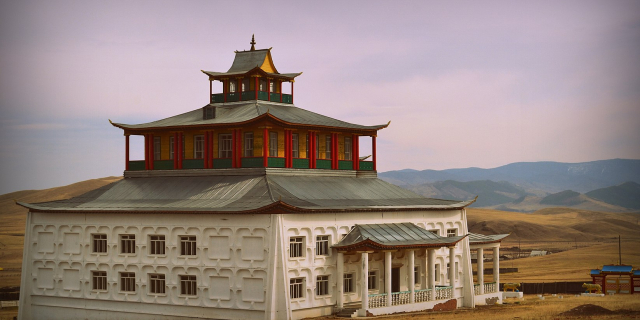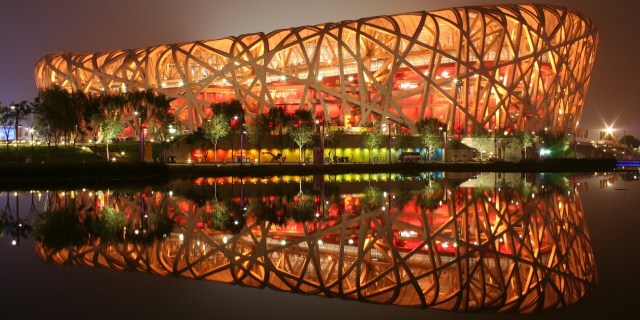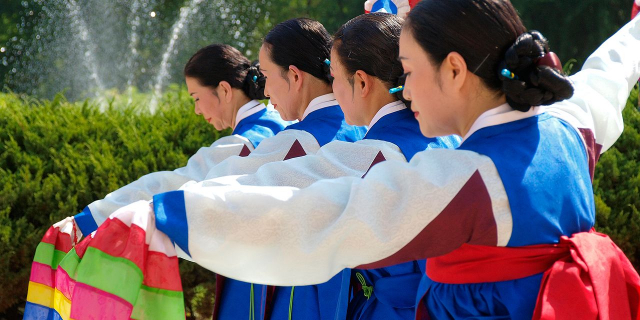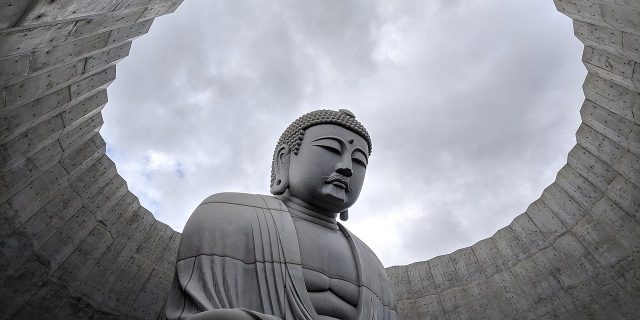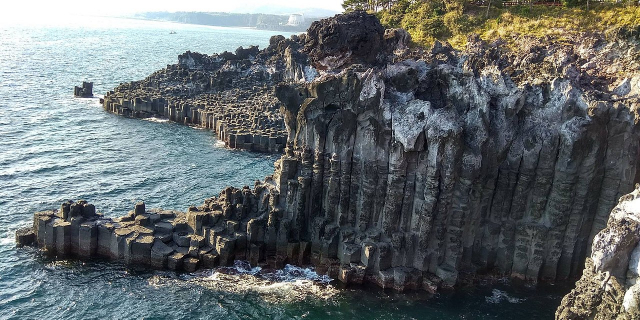Manchuria
Context of Manchuria
Manchuria is an exonym (derived from the endodemonym "Manchu") for a historical and geographic region in Northeast Asia encompassing the entirety of present-day Northeast China (Inner Manchuria) and parts of the Russian Far East (Outer Manchuria). Its meaning may vary depending on the context:
- Historical polities and geographical regions usually referred to as Manchuria:
- The Later Jin (1616–1636), the Manchu-led dynasty which renamed itself from "Jin" to "Qing", and the ethnicity from "Jurchen" to "Manchu" in 1636
- the subsequent duration of the Qing dynasty prior to its conquest of China proper (1644)
- the northeastern region of Qing dynasty China, the homeland of Manchus, known as "Guandong" or "Guanwai" during the Qing dynasty
- The r...Read more
Manchuria is an exonym (derived from the endodemonym "Manchu") for a historical and geographic region in Northeast Asia encompassing the entirety of present-day Northeast China (Inner Manchuria) and parts of the Russian Far East (Outer Manchuria). Its meaning may vary depending on the context:
- Historical polities and geographical regions usually referred to as Manchuria:
- The Later Jin (1616–1636), the Manchu-led dynasty which renamed itself from "Jin" to "Qing", and the ethnicity from "Jurchen" to "Manchu" in 1636
- the subsequent duration of the Qing dynasty prior to its conquest of China proper (1644)
- the northeastern region of Qing dynasty China, the homeland of Manchus, known as "Guandong" or "Guanwai" during the Qing dynasty
- The region of Northeast Asia that served as the historical homeland of the Jurchens and later their descendants the Manchus
- Qing control of Dauria (the region north of the Amur River, but in its watershed) was contested in 1643 when Russians entered; the ensuing Sino-Russian border conflicts ended when Russia agreed to withdraw in the 1689 Treaty of Nerchinsk
- controlled in whole by Qing dynasty China until the Amur Annexation of Outer Manchuria by Russia in 1858–1860
- controlled as a whole by the Russian Empire after the Russian invasion of Manchuria in 1900 until the Russo-Japanese War and the Treaty of Portsmouth in 1905, which required Russian withdrawal.
- controlled by Qing China again, and reorganised in 1907 under the Viceroy of the Three Northeast Provinces (東三省; the area had previously not been considered "provinces")
- controlled by the Republic of China (1912–1949) after the 1911 revolution
- controlled by the Fengtian clique lead by Zhang Zuolin from 1917 to 1928 (during the Warlord Era), until the military Northern Expedition and the Northeast Flag Replacement brought it under control the Republic of China again (specifically, the Nationalist government of the Second Republic of China, 1925–1948, then allied with the Chinese Communist Party)
- controlled by Imperial Japan as the puppet state of Manchukuo, often translated as "Manchuria", (1932–1945). Formed after the Japanese invasion of Manchuria, it included all of Northeast China, the northern fringes of present-day Hebei Province, and the eastern part of Inner Mongolia.
- briefly entirely controlled by the USSR after the Soviet invasion of Manchuria in 1945, but then divided with China
- Modern Northeast China (also known as "Inner Manchuria"), specifically the three provinces of Heilongjiang, Jilin, and Liaoning, but broadly also including the eastern Inner Mongolian prefectures of Hulunbuir, Hinggan, Tongliao, and Chifeng, and sometimes Xilin Gol
- Areas of the modern Russian Federation also known as Outer Manchuria. The two areas involved are Priamurye between the Amur River and the Stanovoy Range to the north, and Primorye which runs down the coast from the Amur mouth to the Korean border, including the island of Sakhalin
First used in the 19th century by the Japanese, the term is deprecated among people of the People's Republic of China (PRC) due to its association with Japanese imperialism, the puppet state of Manchukuo of the Empire of Japan, and Manchurian nationalism. Official state documents use the term Northeast Region (东北; Dōngběi) to describe the region. Northeast China is predominantly occupied by Han Chinese due to internal Chinese migrations and Sinicization of the Manchus, especially during the Qing dynasty. It is considered the homeland of several minority groups besides the Manchus, including the Yemaek the Xianbei, the Shiwei, and the Khitans. The area is also home to many Mongols and Hui.
Manchuria is often referred to as the "Chinese rust belt", due to the shrinking cities that used to be the center of China's heavy industry and natural resource mining, which today face increasing economic decline.










